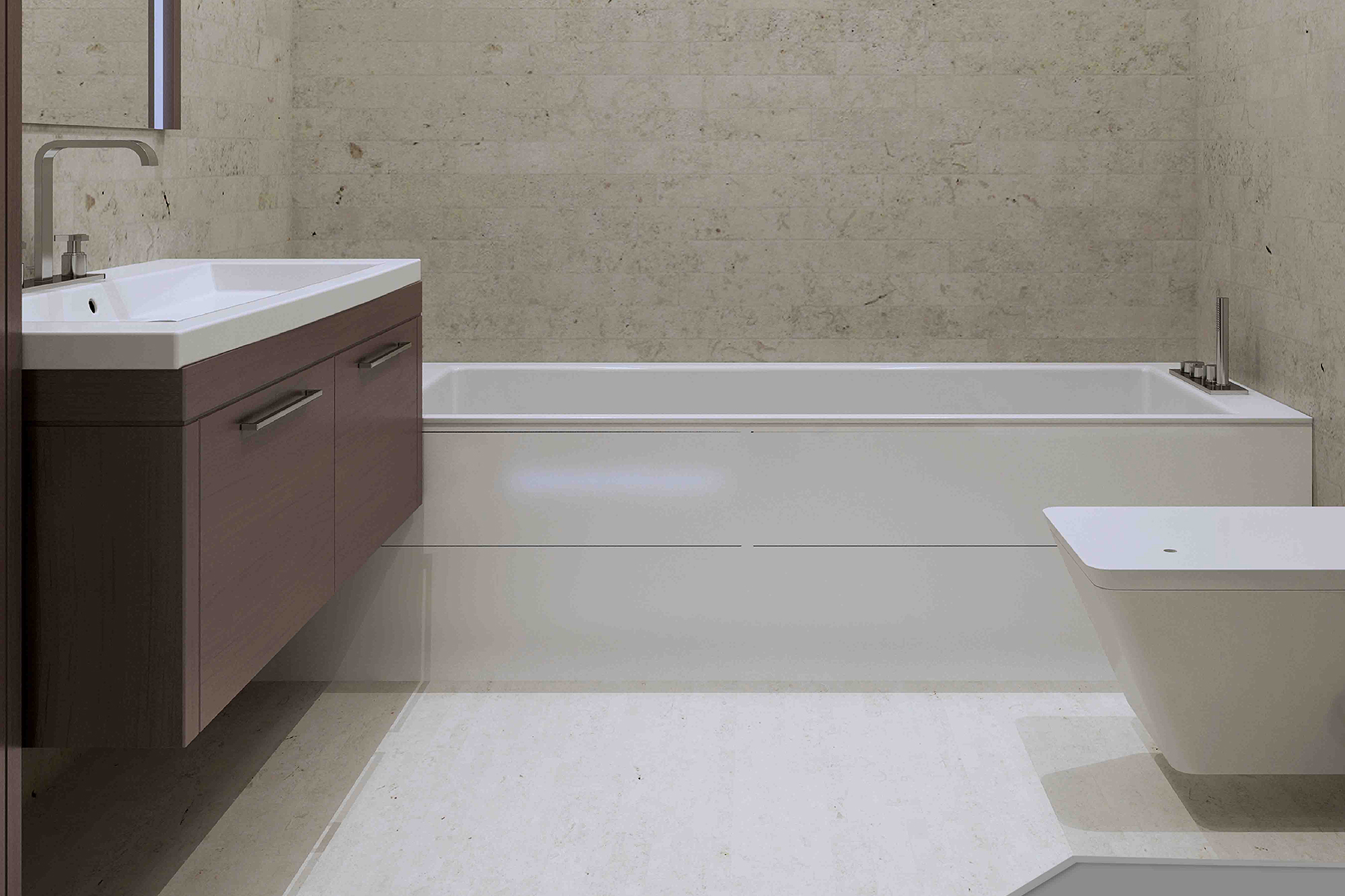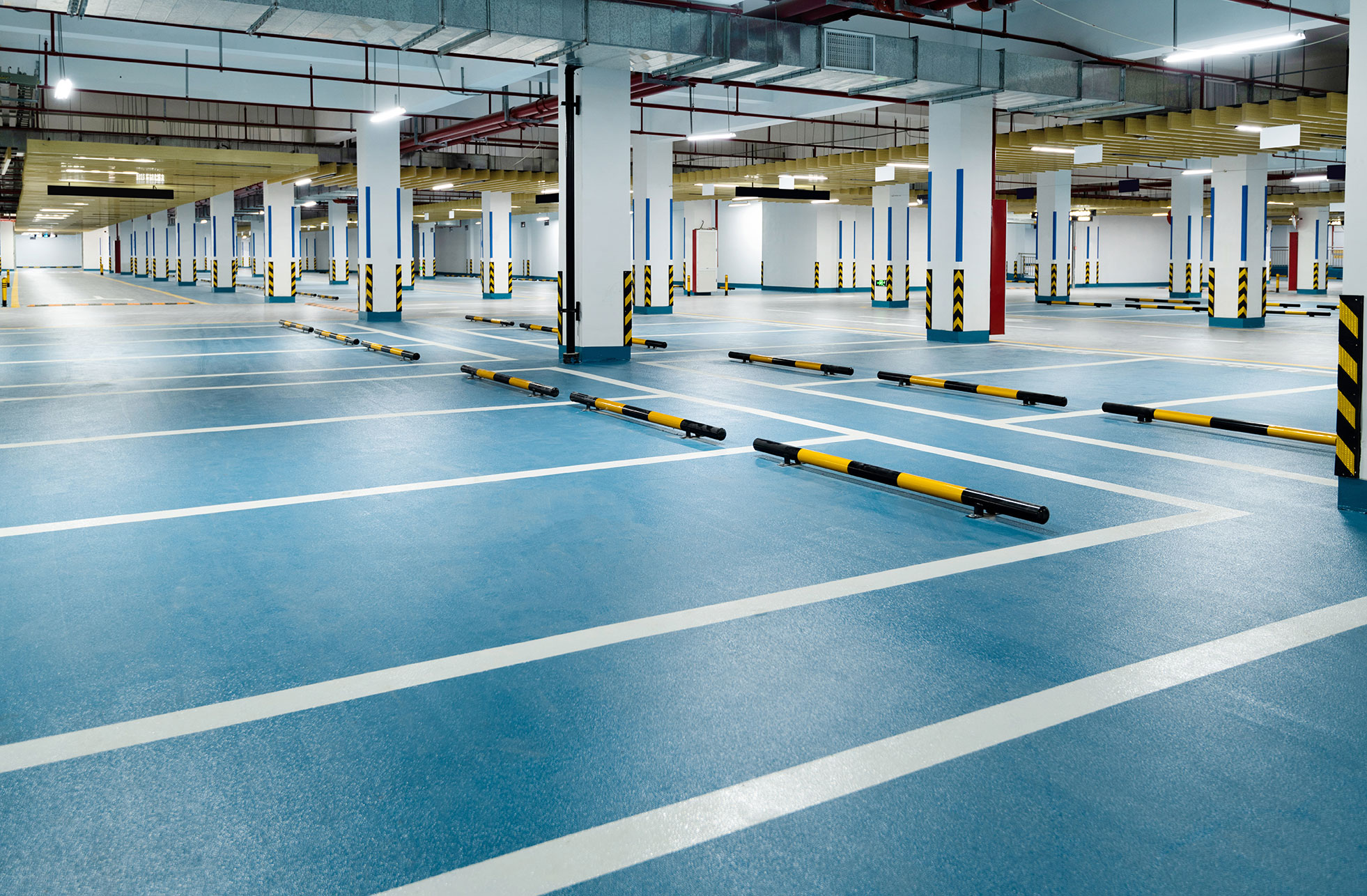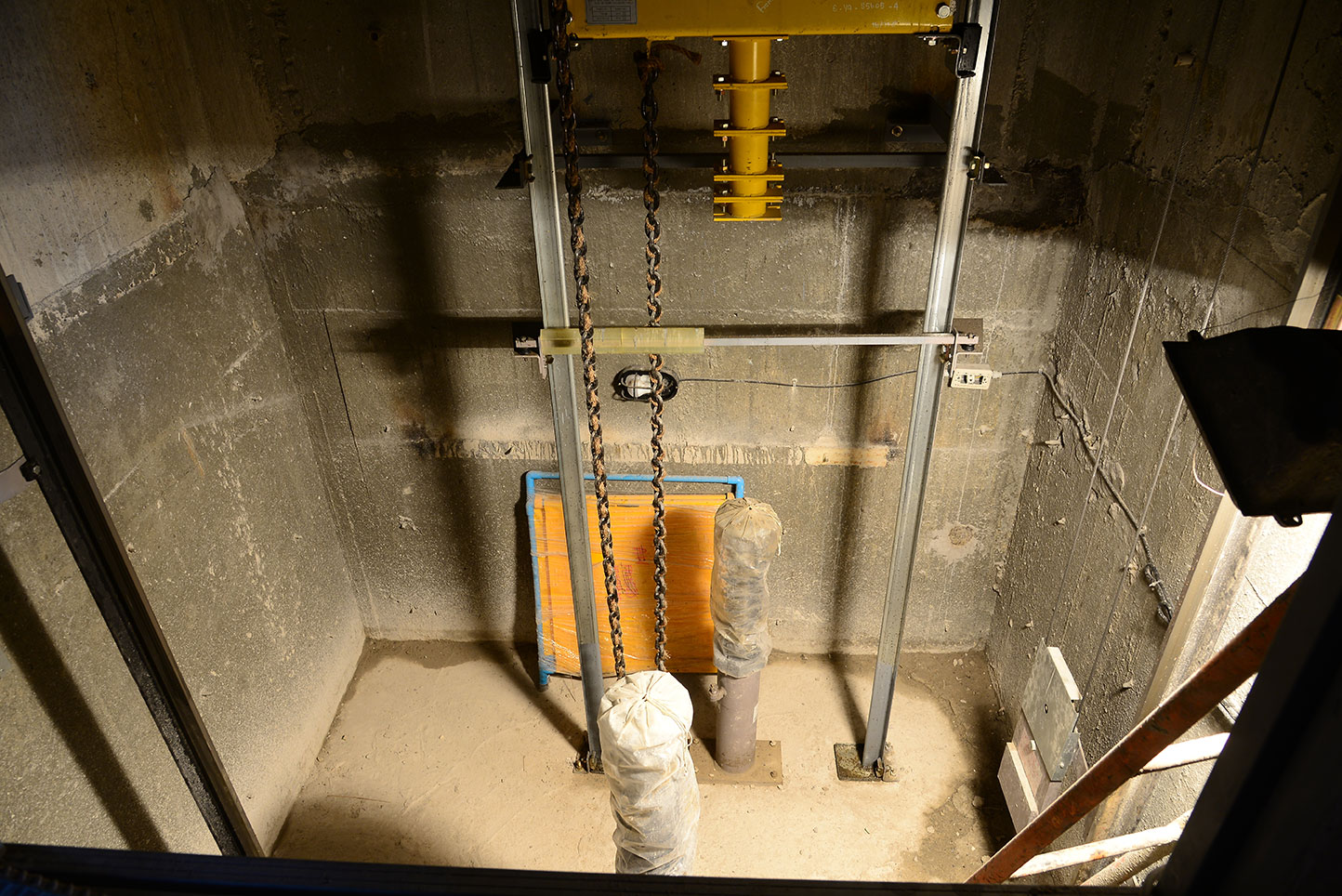
Preventing Water Leakage in Your Bathroom: Essential Maintenance Tips
ARDEX ENDURA
03 Jul 2025
04 Min
Bathroom waterproofing is essential for extending the longevity of your home and maintaining its structural integrity. In this blog, we will provide essential solutions for bathroom tile leakage to prevent harm or structural deterioration.
Why Preventing Water Leakage is Crucial?
- Protects Structural Integrity: Prevents water from seeping into underlying concrete, tiles, and masonry, avoiding deterioration and loss of strength.
- Prevents Mold and Mildew: Stops moisture accumulation in hidden areas like walls and floors, reducing biological growth that can damage finishes and structures.
- Maintains Tile Adhesion: Avoids debonding of tiles due to water penetration into the tile adhesive layer.
- Prevents Damage to Adjacent Spaces: Leakage from bathrooms can cause damage to neighboring rooms, ceilings, and floors below.
- Reduces Maintenance Costs: Proactive waterproofing reduces the need for costly repairs and renovations caused by water damage. Enhances User Comfort: Ensures dry, hygienic bathroom conditions, maintaining aesthetics and functionality.
Common Causes of Water Leakage in Bathrooms
Faulty Plumbing Fixtures
Faulty bathroom plumbing, such as leaky faucets and shower heads are common causes of leakage in bathrooms.
Poor Sealant Around & Bore Packs Bathtubs and Sinks
Properly waterproof the areas around bathtubs and sinks with bathroom waterproofing sheets to prevent water from splashing out, resulting in worn-out caulk or grout.
Cracked Tiles or Grout
Cracked tiles or grout can act as the gateway for water to penetrate the walls and flooring of your bathroom, causing underlying damage.
Clogged Drains
Clogged drains can cause water to pile up inside your washroom, resulting in leaks and damage.
High Humidity and Poor Ventilation
Having a poorly ventilated washroom can result in high humidity, which can become a cause for leakages.
Inadequate Drainage Slope
Poor floor slope towards drains can cause water pooling and seepage into sublayers.
Essential Maintenance Tips to Prevent Water Leakage
Regularly Inspect Plumbing Fixtures
- Check For Leaks: Regularly check for any leaks through your faucets and shower heads to prevent waste of water.
- Replace Worn-out parts: As a part of a bathroom waterproofing solution, replace washers, O-rings, or the entire fixture if necessary.
Repair and Replace Damaged Tiles
- Inspect the tiles regularly: Look for cracked and loose tiles that carry the potential for water leakages.
- Replace damaged Tiles: Get new tiles to replace the damaged ones as a bathroom tile leakage solution.
Clean and Maintain Drains
- Prevent Clogs: Use strainers to unclog drains to prevent any blockages.
- Use Drain Cleaners Sparingly: Opt for natural drain cleaners to avoid wearing out the pipes.
Improve Bathroom Ventilation
- Install or Upgrade Vent Fans: Ensure your bathroom has an exhaust fan to maintain ventilation.
- Open Windows: They are a more effective and natural way to maintain ventilation in your bathroom.
- Use a Dehumidifier: Extremely humid regions can use a dehumidifier to maintain the level of humidity and prevent a breeding environment for mould.
Advanced Preventative Measures
Waterproofing Membranes
Install bathroom waterproofing membranes as an additional layer of protection under the tiles.
Use of Epoxy Grouts
Epoxy grouts offer superior chemical resistance, water impermeability, and mechanical strength compared to traditional cementitious grouts. They are highly effective in wet areas such as bathrooms, where water exposure and moisture ingress are common.
Regular Professional Checks
Get plumbers to check up on your washroom to detect leaks beforehand. You can also use moisture detection tools to spot hidden leaks behind walls and under tikes.
Upgrade to Leak Detection Systems
Consider installing smart leak detection systems as a bathroom waterproofing solution to make you aware of potential leaks before they cause any major damage.
Signs of Potential Water Leakage to Watch For
Damp or Discolored Walls and Floors
If your washroom's water floors feel damp or are visibly discoloured, a leaking faucet or shower head must be present.
Musty Odour
If you can smell a musty odour coming from your bathroom, you might have mould growing there.
Loose or Warped Flooring
Constant exposure to water can cause your tiles to get loose or warped, pointing towards potential leaks.
Common Mistakes to Avoid When Preventing Water Leaks
- Neglecting regular inspections
- Investing in low-quality bathroom tile leakage solutions
- Ignoring minor leaks
- Overlooking ventilation
Conclusion
Preventing water leakage in your bathroom requires regular maintenance and prompt repairs. Constantly ignoring the same can weaken the structural integrity of your building. With Ardex Endura’s advanced waterproofing solutions, you can effectively seal potential leak points and ensure long-lasting protection.




